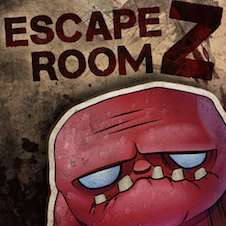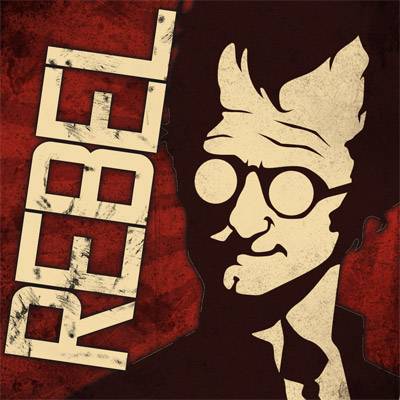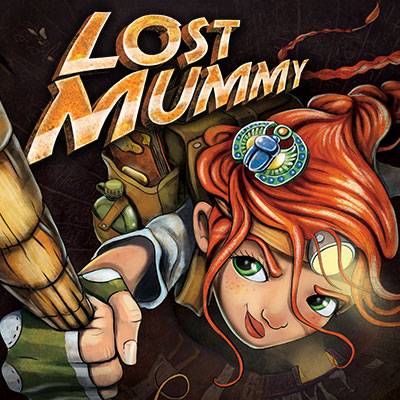- by Elliott Bailey
- Filed under At home dates, Cheap dates, Love language: Gifts, Love language: Time, Top 10.
DIY Escape Room from home
Transform your living room into an escape room for game night!
What’s an Escape Room Game?
Escape Room games place players in a ‘locked room’ which they try to escape from. To succeed at this challenge they’ll need to find clues, solve mysteries, and have a lot of fun!
Usually these escape rooms are elaborate adventure experiences, run as a professional business, but you can design your own to play at home. It’s great for chilling with friends, family or your soulmate.
Check out this escape room Pinterest board to get inspired!
Download a ready to play escape room kit
Info for the at-home game kit: Escape Room Z
If hacking together a bunch of puzzles isn’t your thing just grab one of the printable escape room kits below. You can just download the pdf, print the puzzles out, and you’re ready to play. They also have a themed Spotify playlist to set the mood (although, one of them is Zombie themed, which isn’t usually what people see as ‘romantic’).
Overall they’re a great date night since you’re doing a challenge together.
Trust me: tackling a joint challenge brings you together faster than Bear Grills and a perilous situation.
(Don’t believe me? Check out how one couple used ‘Rebel Revolt’ from Lock Paper Scissors for an exciting date night in!)
An alternate idea is to use one of the kid’s escape room kits for a family date. They’re more for kids but you can run it together with them and make a day of it.
Here’s the best games from the Lock Paper Scissors website:
Create your own from scratch
If you love crafting puzzles then you might prefer creating a full DIY escape room. You’ll need around 10 hours to plan & prep one of these but it’s totally fun.
Don’t worry – it doesn’t have to cost big $$ like the pros. Here’re a few puzzles you can easily make using props from around your home or a quick trip to the shops.
Note: If you’re after a more detailed guide check out my Blueprint for creating your 1st escape room.
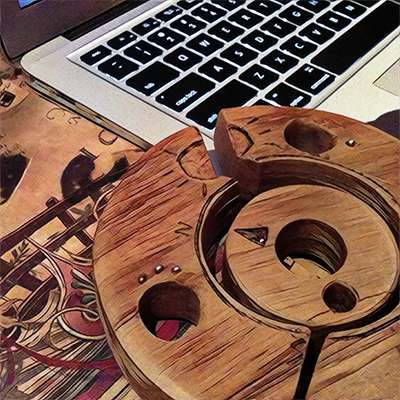
Locks ‘n latches
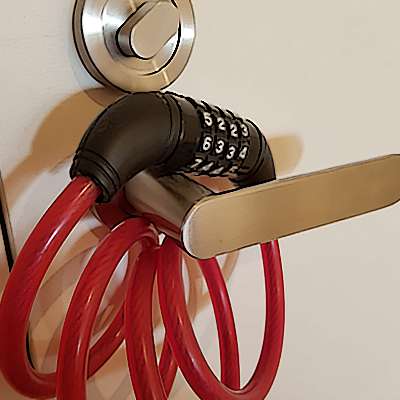
If you’re going to DIY an escape game including a lock or combination puzzle is a must. There’re heaps of cheap ways of designing one of these:
- Bike chain on a door handle is an easy keypad lock.
- Short chain + a padlock is awesome with 2 sliding doors.
- Set a pin code on your phone, or tablet, which literally acts as a keypad entry. You can place this on top of a box, to make a locked chest, or tie it to a door handle.
All of these require your players to use some imagination but you’re doing this to have fun with mates – not run a business. If you’re concerned about it not feeling authentic enough just put a bit of effort into a great theme and story. E.g. grab some props from a thrift shop, add mood lighting with some candles, or jam some mojo in using a custom Spotify playlist etc…
Physical games
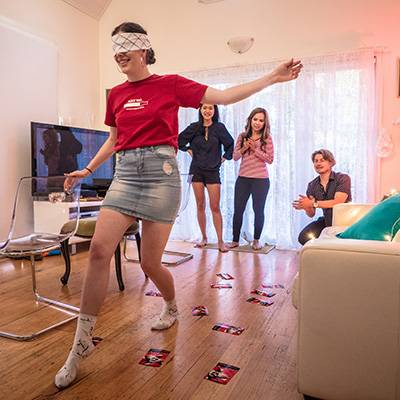
Group games, that get everyone involved, add a ton of laughs to your escape room. Try these:
- Out of reach: Get some strong magnets and attached them to a key, or clue. Then place that clue in the bottom of your shower, with the door closed, or outside a window. Players need to find a hidden magnet and ‘suck’ the key up the glass until they can reach it.
- Nerf shooting range: zone off an area of your home that players can’t cross until the puzzle is solved. The story could be anything – an ancient trap inside a tomb, bank security system, or even a hoard of zombies blocking your path.
- Balance it: Grab your bathroom scales and attach a label with a goal weight on it. Players will need to find stuff, around your living room, that adds up exactly. Since you’ll be there, as the Game Master, you can judge when they accomplish this so there’s no fancy tech required.
Ciphers and codes
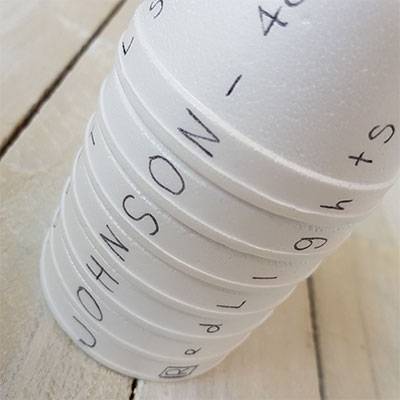
Basically every escape room on the planet uses ciphers. They’re fun, cheap to make, and add a lot of gameplay time as players try to solve them.
The only issue is making them too hard. Remember, you’re designing a fun game – not math class. Here’re some easy ciphers that are actually doable in a 60 min DIY game at home:
- Substitution ciphers: Remember those secret notes you did as kids? The ones where A=1, B=2 etc… They’re called Substitution ciphers and are the best for designing your own escape game because they’re easily solved once players find the right clues. You can swap out anything you like – strange symbols, fun emoticons or even other letters/numbers.
- Book codes: are literally undecipherable unless players find both clues. The 1st is a book/magazine and the 2nd is a series of numbers that correspond to words in that book. For a fun example, in this dot point the numbers 11 2 3 34 would mean The codes are fun.
- Hide messages: leaving a message in plain sight makes your game super interesting because players have been staring at a clue for ages when they finally have a lightbulb moment. A simple example would be a hidden magnifying glass for small font, or placing a dot under particular letters in a newspaper article or writing a message backwards so that a mirror is needed to read it.





